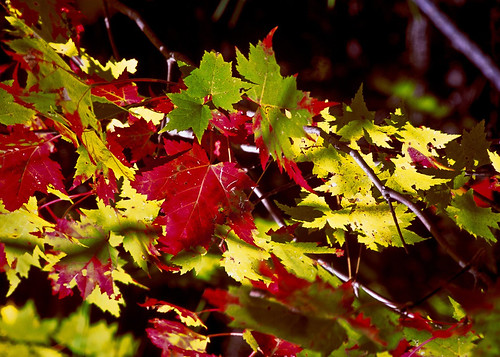
U.S. Forest Service research indicates that climate change will affect habitat suitability for maple trees, threatening the multimillion dollar maple syrup industry. Changes in climate have already had an impact on the iconic sugar maple trees of the Northeastern U.S.
Flow of maple sap, which is boiled down to make syrup, is controlled by alternating freezing and thawing cycles in the late winter. Maple trees also rely on snowpack during this time to protect their roots from freezing.
Climate stressors may decrease the availability of maple syrup or shift production northward by the end of the next century because of direct changes in temperature, decreases in snowpack or increases in weather disturbances such as ice storms.
"Climate change will produce winners and losers geographically. Folks who retrieve sap from maple trees in the far Northeastern region will get a longer sap flow season while those in the Southeastern regions will see a reduction," said Dave Cleaves, Climate Change Advisor for the Forest Service.
A study conducted by the Forest Service and Cornell University examined the relationships between sugar maple sap flow and temperature over the last several decades, and used climate models to project sap flow into the future. The researchers found that the number of sap flow days may not change in the Northeast, but the timing of peak production will shift earlier.
By adapting to an earlier tapping season, maple syrup producers in Vermont and other northern states may be able to sustain their livelihoods for the next 100 years. However, at the southern extent of sugar maple habitat, such as Pennsylvania, overall production may be reduced sooner.
The Forest Service has developed an atlas of potential future habitat for 134 tree species in the Eastern United States. The atlas shows that climate change will likely reduce the amount of suitable habitat for maple trees in the coming century. While maple trees won't necessarily vanish from the landscape, there could be fewer trees that are more stressed, further reducing maple syrup availability.


